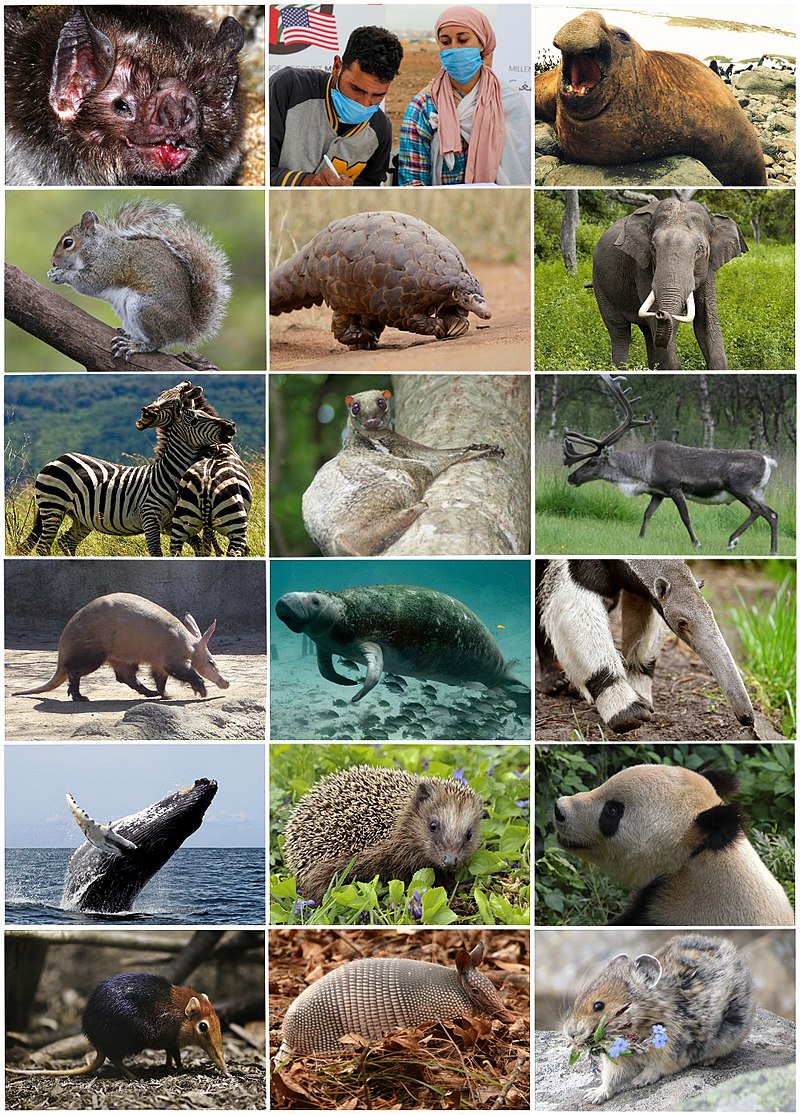Placental mammals are found on all continents, in the air and in the ocean. Primates, cats, dogs, bears, placentals, rodents, bats, seals, dolphins and whales are one of the major groups of placental mammals today.
Do non-primates have a placenta?
Examples of non-placental mammals include koalas, possums, kangaroos, platypus, and thorny platypus.
Are all mammals the placenta?
The placenta contains all living mammals except marsupials and monotremes. .. Although some authorities consider marsupials (marsupial cohorts) to be placental mammals, these animals have a slow-developing, inefficient type of placental that limits gestational age.
Which mammal has a placenta?
Placental mammals (Euptheria), any member of the mammal group characterized by the presence of a placenta that facilitates the exchange of nutrients and waste products between maternal and fetal blood. The placenta contains all living mammals except marsupials and monotremes.
Are gorillas placental mammals?
There are more rodents and bats than other types of placental mammals. Scientifically, placental mammals are called eutheria. Click on Placental Mammals to print. .. Mammals are monkeys, rabbits, elks, weasels, whales, bats, goats, cows, gorillas and elephants.

Below you will find two helpful answers on a similar topic. 👇
What is bee fuzz?Where are shrew moles found?
